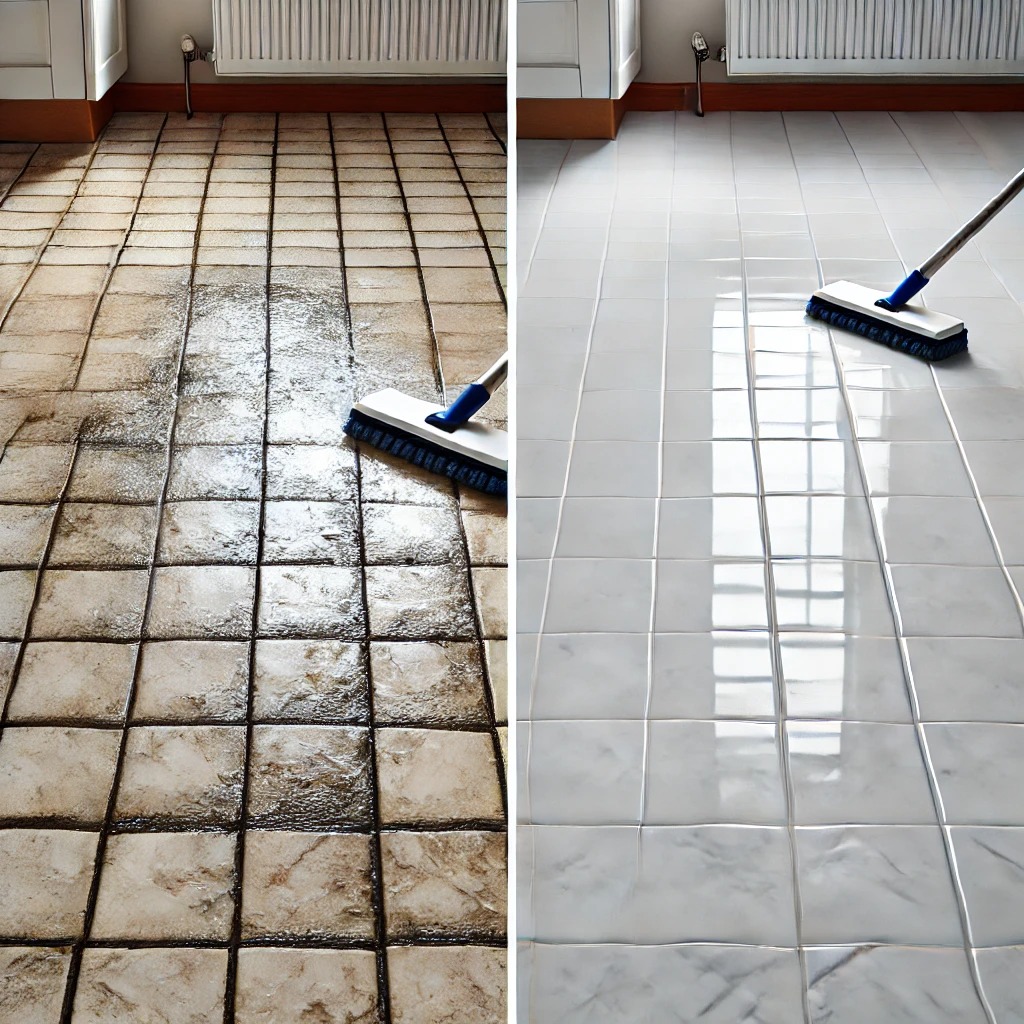ADVERTISEMENT
### Step-by-Step Guide to Cleaning Your Floors
Now that we’ve established the benefits of our three magical ingredients, let’s walk through the step-by-step process for cleaning your floors and achieving the perfect, gleaming shine. Depending on the type of floor you have (wood, tile, laminate, or vinyl), there may be slight variations in the method, but the overall process is essentially the same.
#### **Step 1: Sweep or Vacuum the Floor**
Before applying any cleaning solution, it’s essential to remove dust, dirt, and debris from your floor. Sweeping or vacuuming the floor is the first step in ensuring a thorough clean. Dust and debris left on the floor will only get pushed around when you apply the cleaning solution, so it’s crucial to start with a clean surface.
For tile and hardwood floors, use a soft-bristled broom to sweep the floor. For carpets or rugs, a vacuum cleaner will do a better job of picking up dirt, pet hair, and dust. Pay special attention to corners and edges, as dirt tends to accumulate there.
—
#### **Step 2: Prepare Your Cleaning Solution**
Now that your floor is free of debris, it’s time to prepare the cleaning solution. This step is simple and easy. Follow these proportions to create your effective floor cleaner:
– **1/2 cup of baking soda**
– **1 cup of white vinegar**
– **1 gallon of warm water**
**Instructions:**
1. Start by adding the baking soda to a bucket or a large container.
2. Slowly pour the vinegar into the container with baking soda. You may notice some fizzing, which is perfectly normal. The reaction between the vinegar and baking soda helps to break down grease and grime.
3. Add the warm water to the mixture, stirring it to dissolve the baking soda and create a consistent solution. You should have a slightly foamy, soapy mixture that’s perfect for cleaning your floors.
—
#### **Step 3: Mop the Floor**
Now that you’ve prepared your cleaning solution, it’s time to get to work! Dipping your mop into the mixture, wring it out to ensure it’s damp—not soaking wet. Too much water can damage wood floors, so make sure you’re using just enough to clean the surface without leaving it too wet.
Start mopping your floor in sections, working from one corner to another. Make sure to mop in a figure-eight or back-and-forth motion, which will help lift dirt and grime effectively. If you encounter stubborn stains, add a little extra baking soda directly onto the stain and scrub it gently with a soft cloth or sponge.
For larger floor areas, you may need to change the mop water once or twice, depending on how dirty the floor is. The mixture should keep working its magic as you continue mopping, lifting dirt, grime, and stains from the floor’s surface.
—
#### **Step 4: Rinse and Dry the Floor**
Once you’ve finished mopping, it’s important to rinse your floor with clean water to remove any excess cleaning solution. This step is especially necessary if you have tiles or hardwood floors, as leftover vinegar could leave streaks behind. Simply mop over the entire floor again with clean, warm water to remove any residue.
After rinsing, use a clean microfiber cloth or towel to dry the floor. This step helps eliminate water spots and ensures that your floor doesn’t stay too wet for long, which could cause damage over time—especially on wood floors. If you have a large floor area, you can also use a dry mop to quickly buff the floor dry.
For Complete Cooking STEPS Please Head On Over To Next Page Or Open button (>) and don’t forget to SHARE with your Facebook friends
